

— Products —
 Consumer hotline +8618073152920
Consumer hotline +8618073152920 WhatsApp:+8615367865107
Address:Room 102, District D, Houhu Industrial Park, Yuelu District, Changsha City, Hunan Province, China
All products
Weather station equipment refers to instruments and tools used to collect, record and analyse meteorological information. These weather stations are essential for monitoring weather conditions, predicting weather patterns and studying climate change. Weather stations can be found in a variety of locations, including urban areas, rural areas and remote areas such as mountains and polar regions.
Tel/WhatsApp:+8615367865107
Email:Arvin@niubol.com +Nearly 100 partner companies in more than 68 countries. We are committed to providing high-quality, practical products to meet your needs and help you solve problems. Our products comply with international standards and are certified with ISO, CE and RoHS.Product Details
Weather station equipment refers to instruments and tools used to collect, record and analyse meteorological information. These weather stations are essential for monitoring weather conditions, predicting weather patterns and studying climate change. Weather stations can be found in a variety of locations, including urban areas, rural areas and remote areas such as mountains and polar regions.
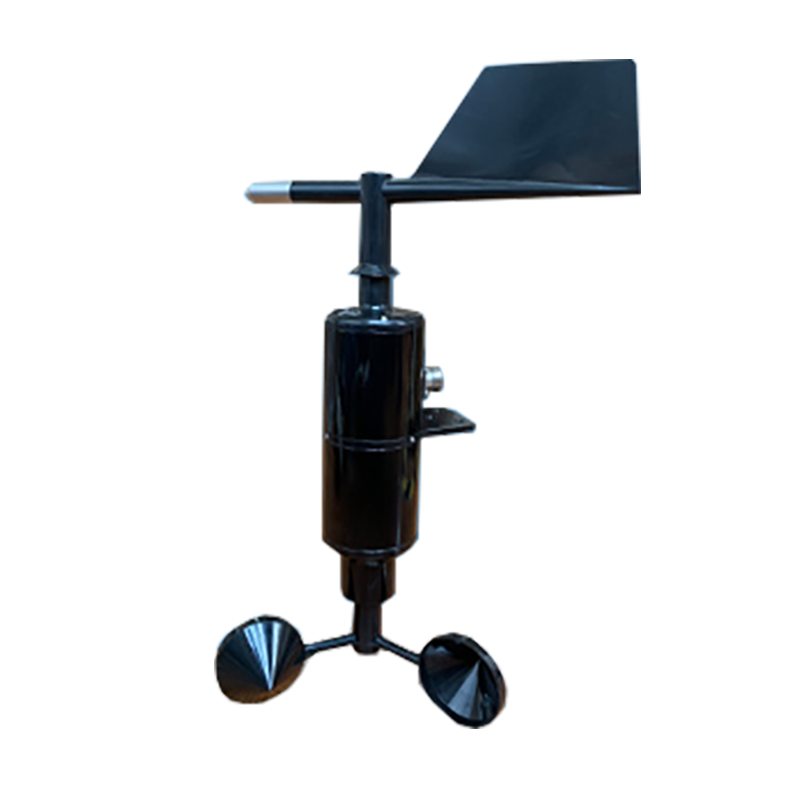 | 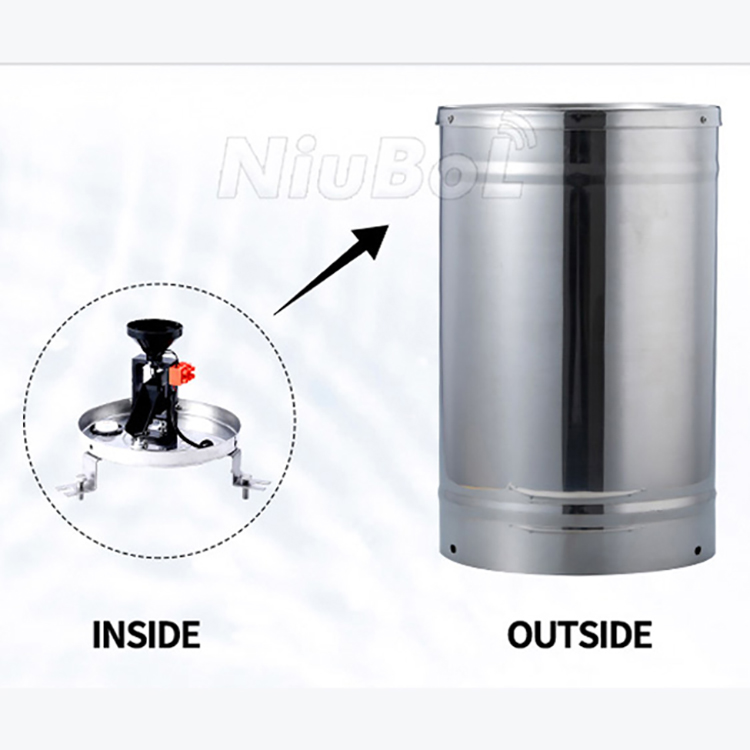 | 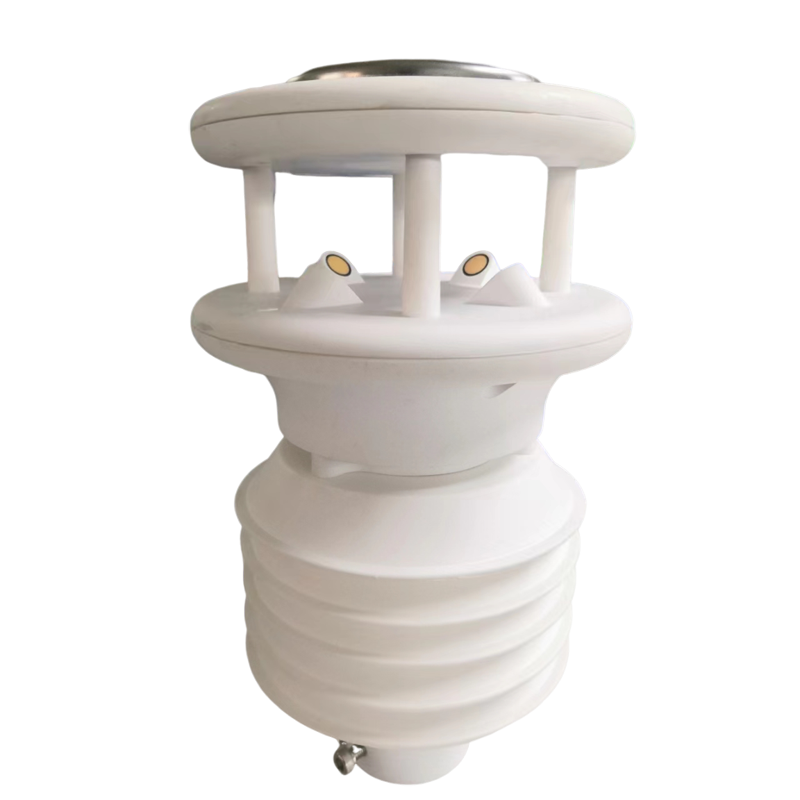 | 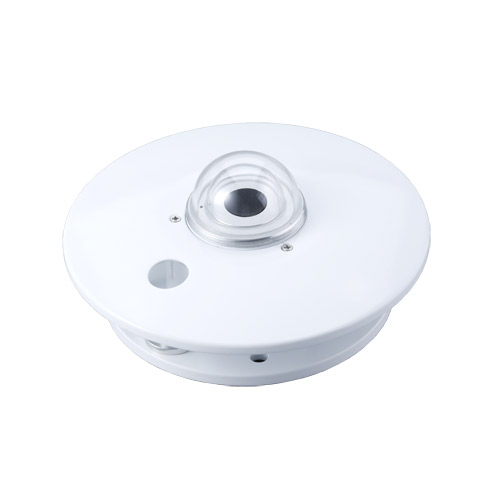 |
| Wind speed and direction sensors | Rain gauge | All-in-One Ultrasonic Weather Station | Pyranometer(Solar Radiation Sensor) |
| Measured | Measuring range | Resolution | Precision |
| Humidity | 0~100%RH | 0.1%RH | ±0.5℃ |
| Temperature | -40~80℃ | 0.1℃ | ±5%RH |
| Atmospheric pressure | 10~1200hPa | 0.1hPa | ±1.5hPa |
| Soil temperature | -40~80℃ | 0.1℃ | ±0.5℃ |
| Soil Humidity (moisture) | 0-100%RH | 0.1%RH | ±5%RH |
| Conductivity | 0-10000us/cm | 1us/cm | ±5% |
| Wind speed | 0~70m/s | 0.1m/s | ±(0.3+0.03V)m/s |
| wind direction | 0~360° | - | ±3° |
| Noise | 30~130dB | - | - |
| Illuminance | 0-200000Lux | - | ±7% |
| Rainfall | 0-4mm/min | 0.2mm | ±4% |
| PM2.5/PM10 | 0-2000μg/m3 | - | ±15% |
| Solar radiation | 0~2000W/m2 | - | ≤5% |
| CO2 | 0~2000ppm | 1ppm | ±7% |
| Supply mode | 220V | DC12-24V | solar power optional |
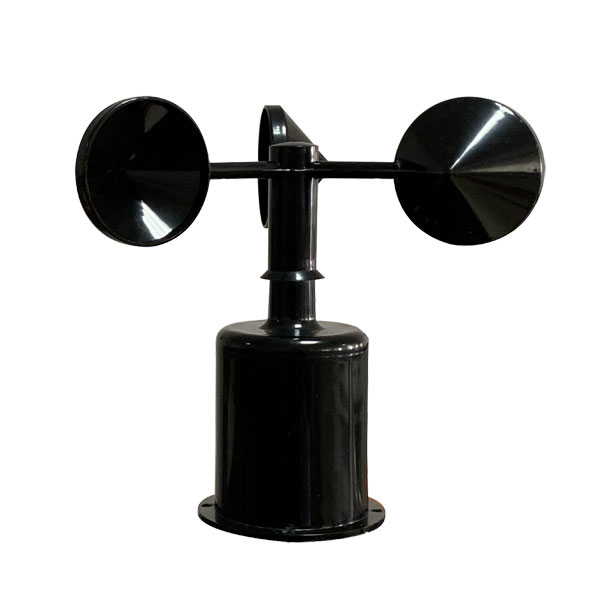 | 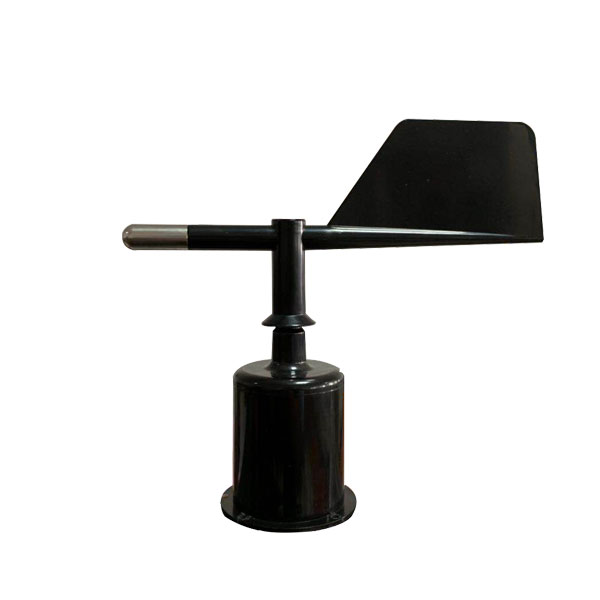 | 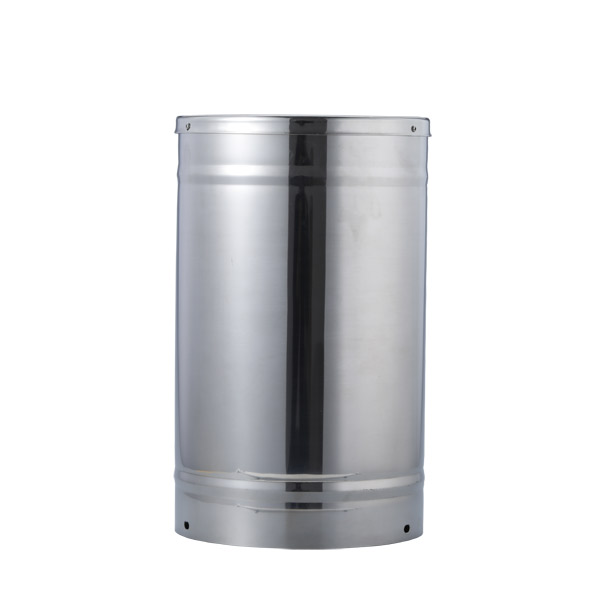 | 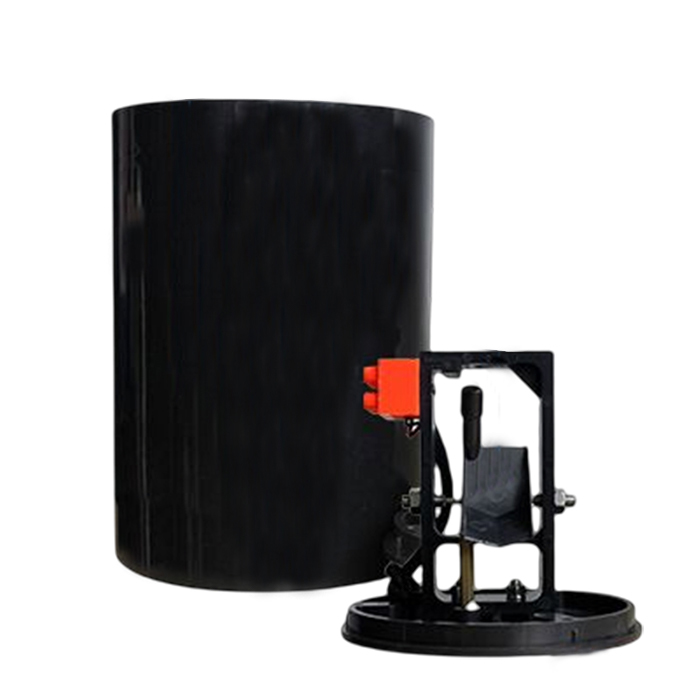 | 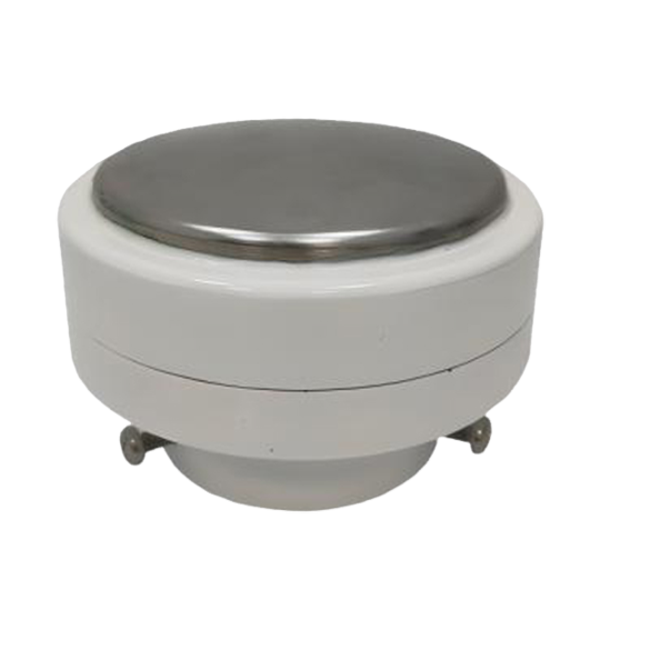 |
| Anemometer Wind Speed sensor | Wind direction sensor | Tipping bucket rain gauge sensor | Tipping bucket rain gauge sensor | Piezoelectric Rain Gauge |
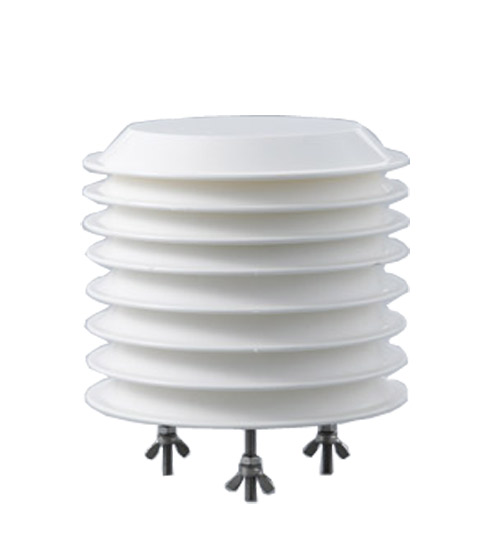 | 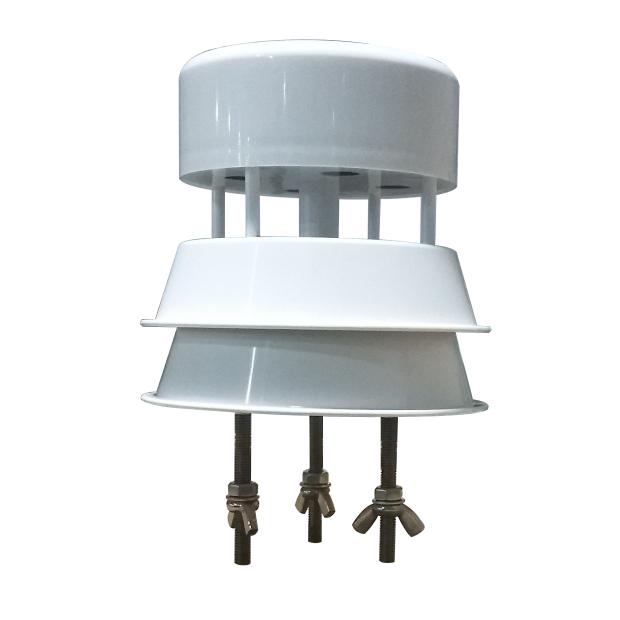 | 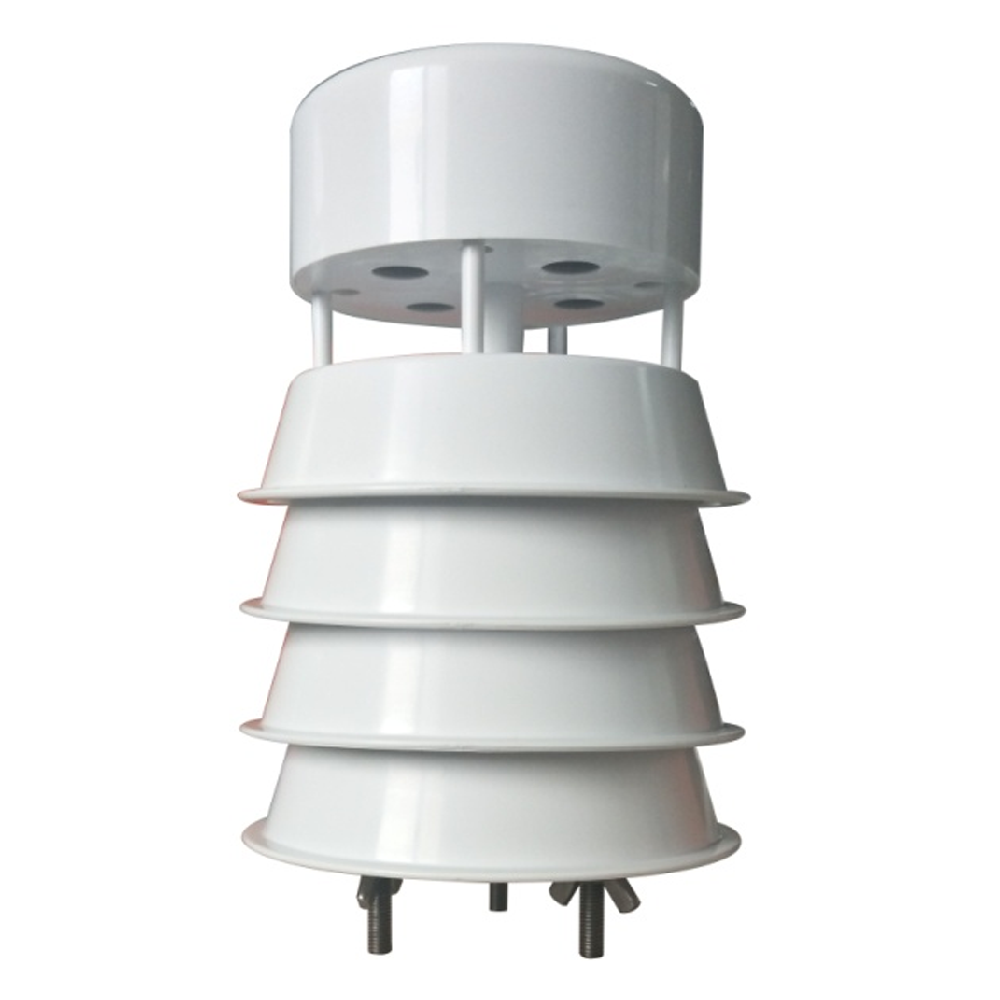 | 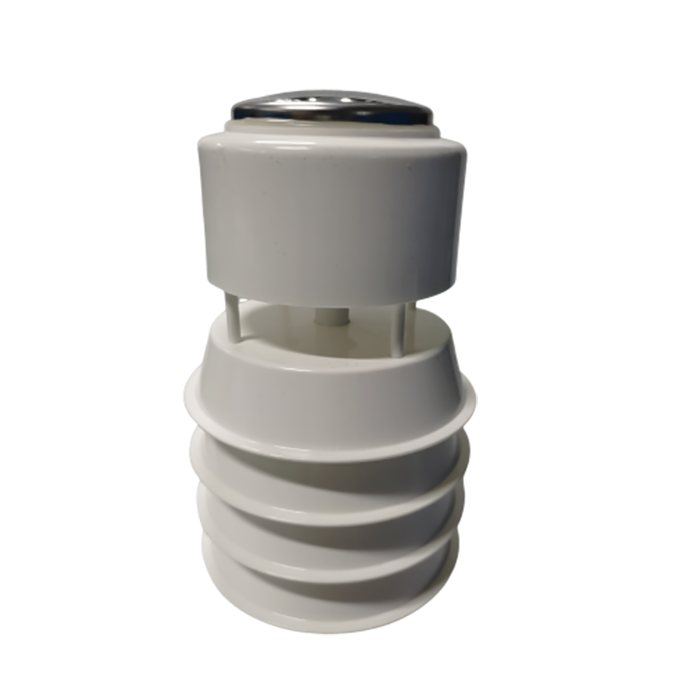 | 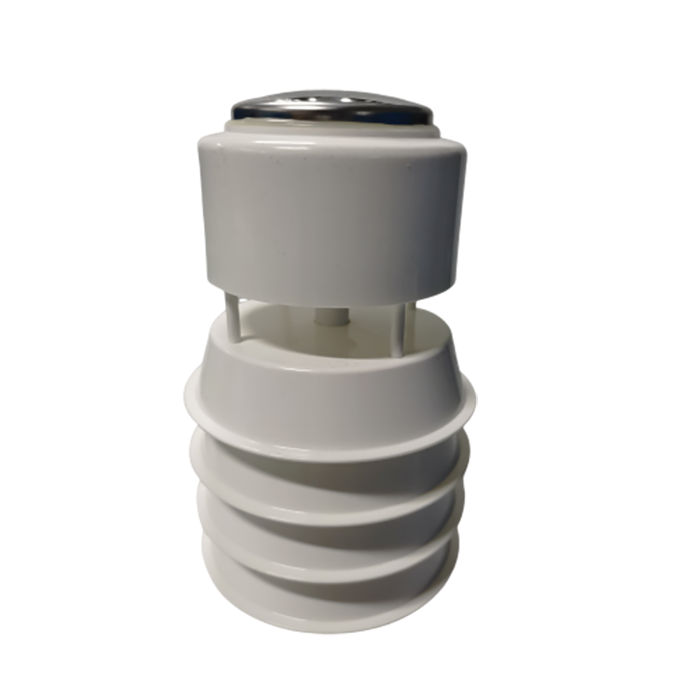 |
| Atmospheric Temperature Humidity air pressure Sensor | ultrasonic wind speed and direction sensor | 5 in1 Ultrasonic Weather Station Sensor | 6 in1 Ultrasonic Weather Station Sensor | 7 in1 Ultrasonic Weather Station Sensor |
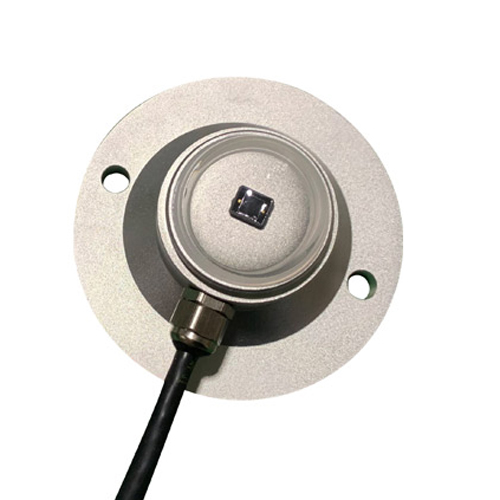 | 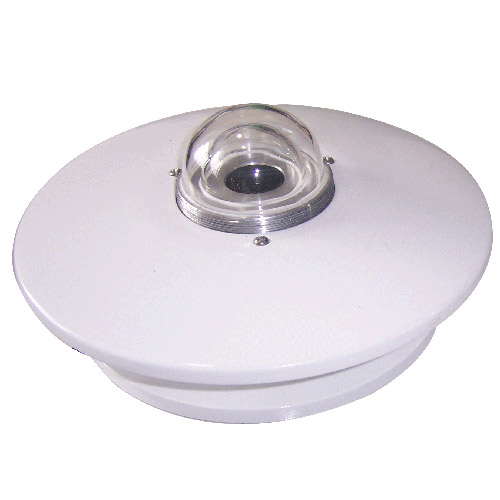 | 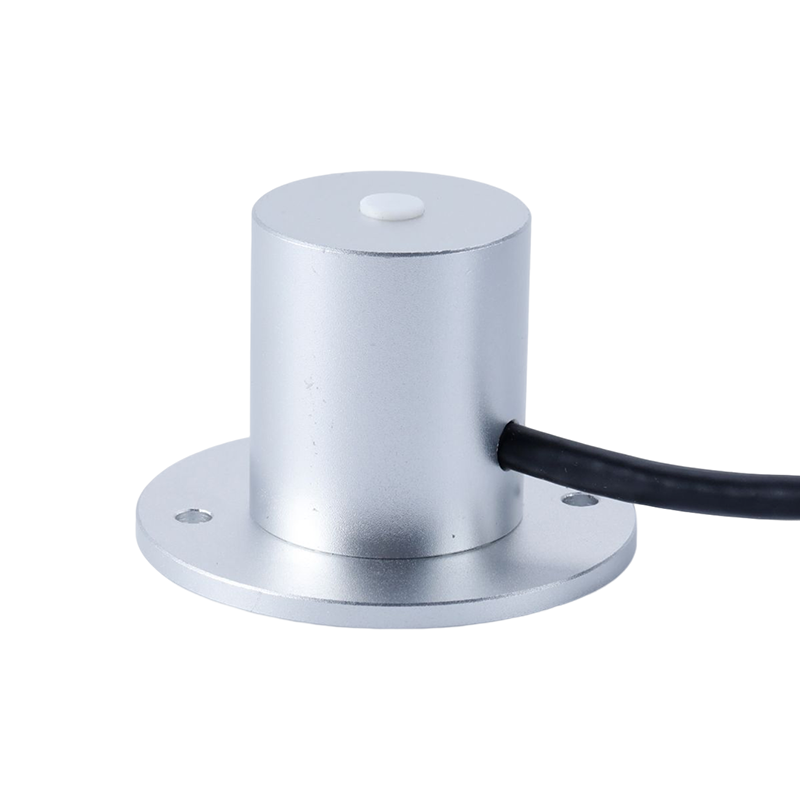 | 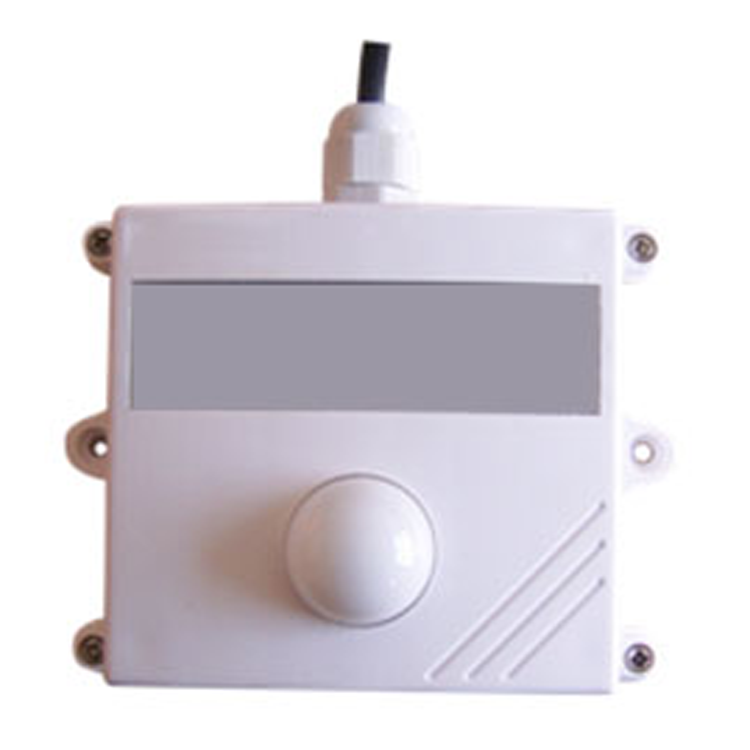 | 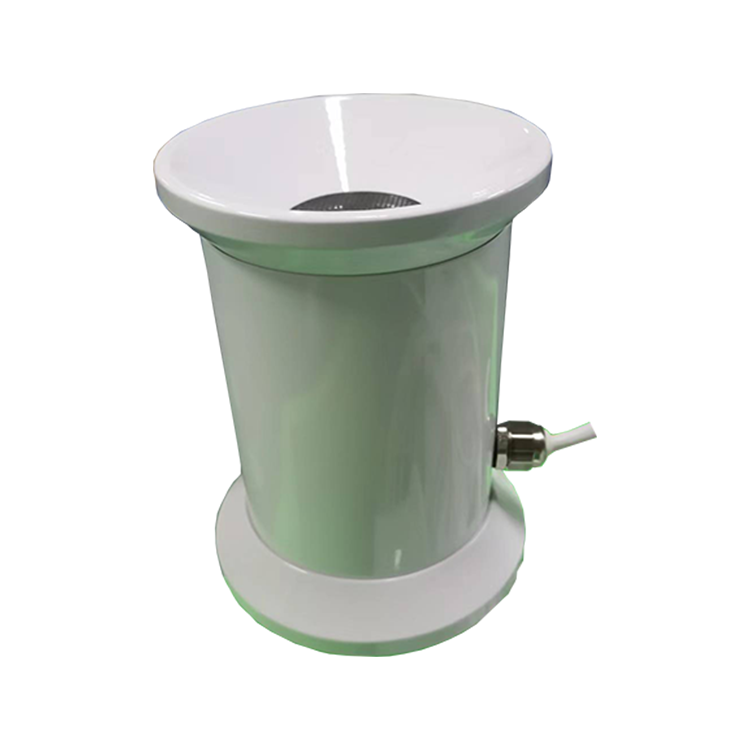 |
| Solar Radiation Sensor | Solar Radiation Sensor | Photosynthetically Active Radiation Sensor; | illumination sensor | Ultrasonic Snow Depth Sensor |
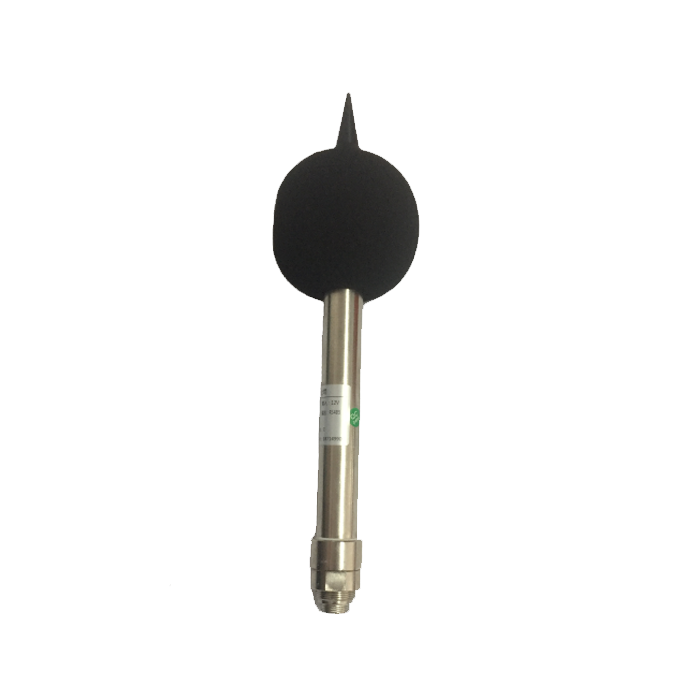 | 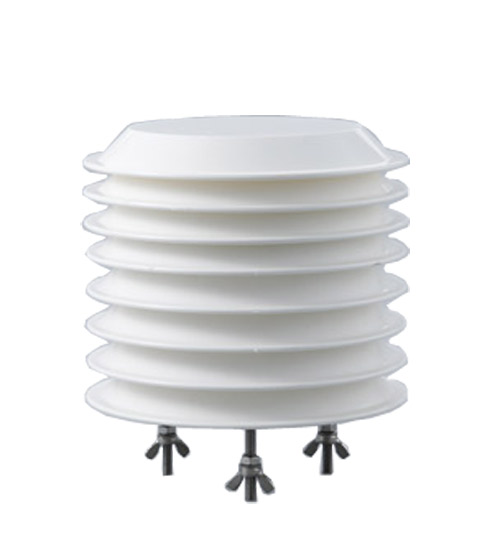 | 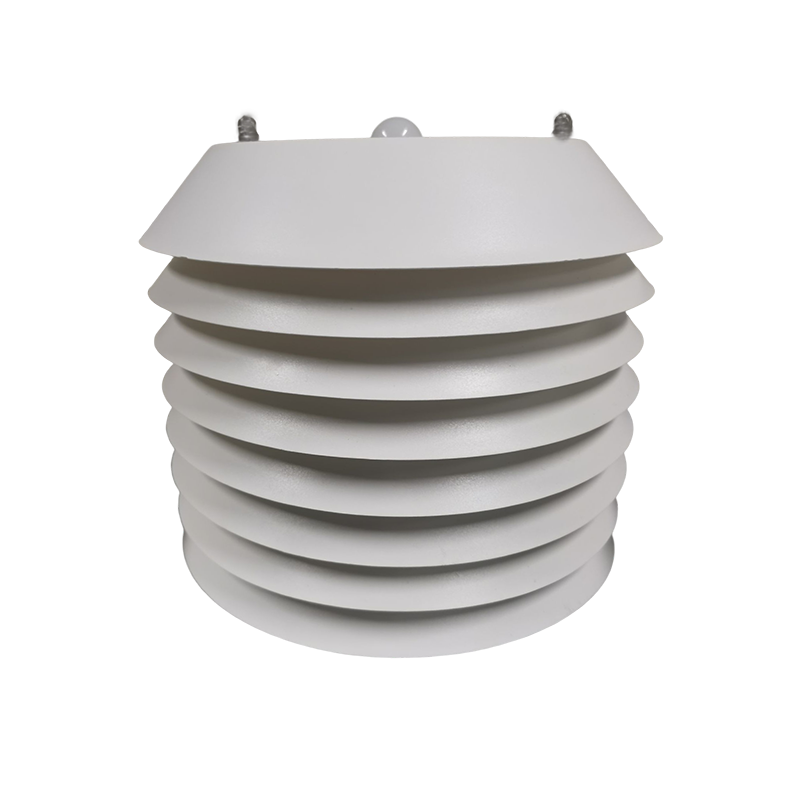 | 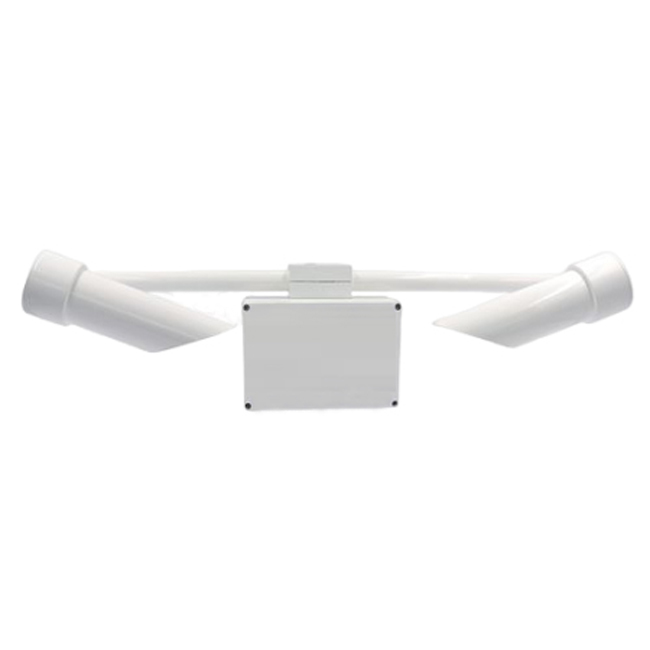 | 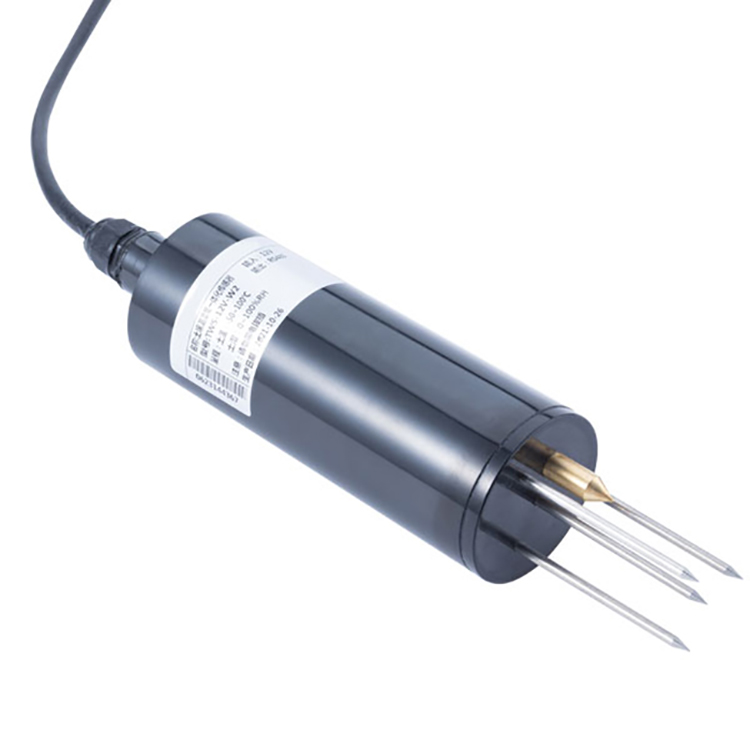 |
| Noise measurement sensor | Carbon dioxide(CO2) sensor | PM2.5 and PM10 sensors | Visibility sensors | Soil Moisture Temperature sensor |
Weather station equipment includes temperature, humidity, barometric pressure, wind speed and direction. The following are common weather station devices and their functions:
1. Temperature and humidity sensors:
- These sensors are used to measure temperature and humidity in the atmosphere. Temperature sensors usually use thermistor or thermistor sensors to measure the ambient temperature while humidity sensors usually use capacitive or resistive humidity sensors to measure the ambient humidity.
2. Barometric sensors:
- Barometric sensors are used to measure atmospheric pressure and are usually piezoresistive or piezoelectric sensors. Changes in atmospheric pressure can be used to predict weather changes, for example a drop in barometric pressure may indicate impending rainfall.
3. Wind speed and direction sensors:
- Wind speed sensors typically use hot-wire or ultrasonic sensors to measure wind speed, while wind direction sensors determine the direction of the wind by means of a wind vane or electronic compass. These sensors are usually mounted in high places to ensure accurate measurements.
4. Precipitation sensors:
- Precipitation sensors are used to measure precipitation and include rain gauges and snow gauges. Rain gauges are usually of a funnel design and determine the amount of precipitation by measuring the amount of rainwater collected, while snow gauges measure the depth of snow by weighing it.
5. Radiometers and radiation measurement equipment:
- These devices are used to measure solar and terrestrial radiation and include solar radiometers, infrared radiometers and ultraviolet radiometers. These data are important for meteorological forecasting and climate studies.
6. Data loggers and communication equipment:
- Data loggers are used to store and record data measured by sensors, while communication equipment is used to transmit the data to the control centre of the weather station or to other monitoring systems. Common communication methods include wired communication (e.g. RS-232, RS-485) and wireless communication (e.g. GSM, 4G, 5G, Wi-Fi, LoRa, etc.).
The choice of weather station equipment depends on the specific application requirements and budget constraints. In general, weather station equipment can be custom assembled to meet the needs of different users.
Weather station equipment plays an important role in various application scenarios, including but not limited to the following:
1. meteorological monitoring and forecasting:
- Weather station equipment is used to monitor various meteorological parameters in the atmosphere, such as temperature, humidity, barometric pressure, wind speed, wind direction, precipitation, and so on. These data are used in weather forecasting, climate research, and early warning of natural disasters, providing important reference information for industries such as agriculture, transport, aviation, and energy.
2. Agriculture and forestry:
- Weather station equipment can help farmers and foresters monitor environmental conditions, including temperature, humidity, precipitation, etc., so as to carry out rational crop cultivation and forest management. For example, according to changes in precipitation and temperature, farmers can rationally schedule irrigation and fertiliser application to improve crop yield and quality.
3. Transport:
- In the field of transport, weather station equipment is used to monitor weather conditions on the road and in the air to ensure traffic safety and transport efficiency. Wind speed and direction data can help pilots and ship captains with route planning and flight/navigation decisions, and precipitation data can help traffic management authorities warn of and respond to adverse weather conditions such as slippery roads or snow and ice.
4. Aerospace:
- In aerospace, weather station equipment is one of the essential equipment. Pilots and aviation controllers need to monitor meteorological conditions in real time to ensure flight safety. Data such as atmospheric pressure, temperature and humidity have a significant impact on aircraft performance and flight altitude.
5. Energy management:
- In the energy industry, weather station equipment is used in the operation and management of energy facilities such as wind farms and solar farms. Data such as wind speed and solar radiation can help predict the capacity of wind and solar power generation and optimise energy production and supply plans.
6. Environmental monitoring:
- Weather station equipment is also widely used in the field of environmental monitoring to monitor the concentration of air pollutants, climate change and other environmental parameters. These data are important for environmental protection, air quality improvement and urban planning.
Overall, meteorological station equipment plays a vital role in many fields, providing important meteorological information to support people's life and production.
Sensors & Weather Stations Catalog
Agriculture Sensors and Weather Stations Catalog-NiuBoL.pdf
Weather Stations Catalog-NiuBoL.pdf
Related recommendations
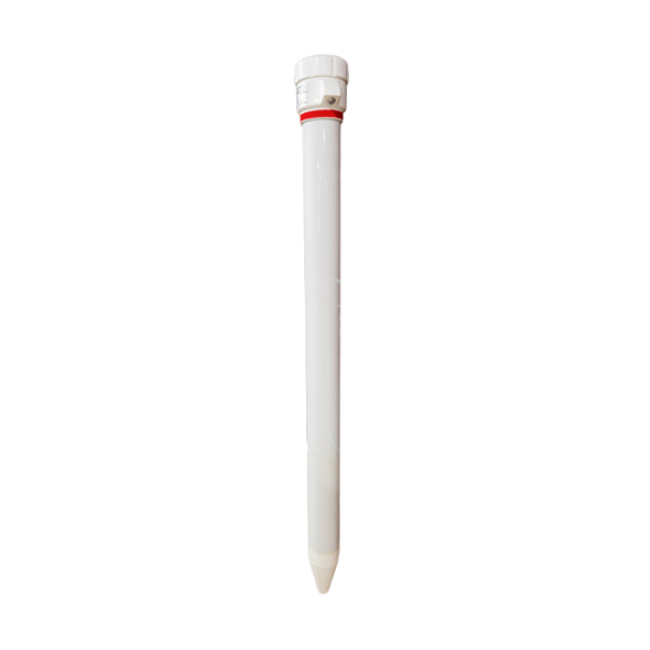 Multi-Depth Soil Sensor RS485
Multi-Depth Soil Sensor RS485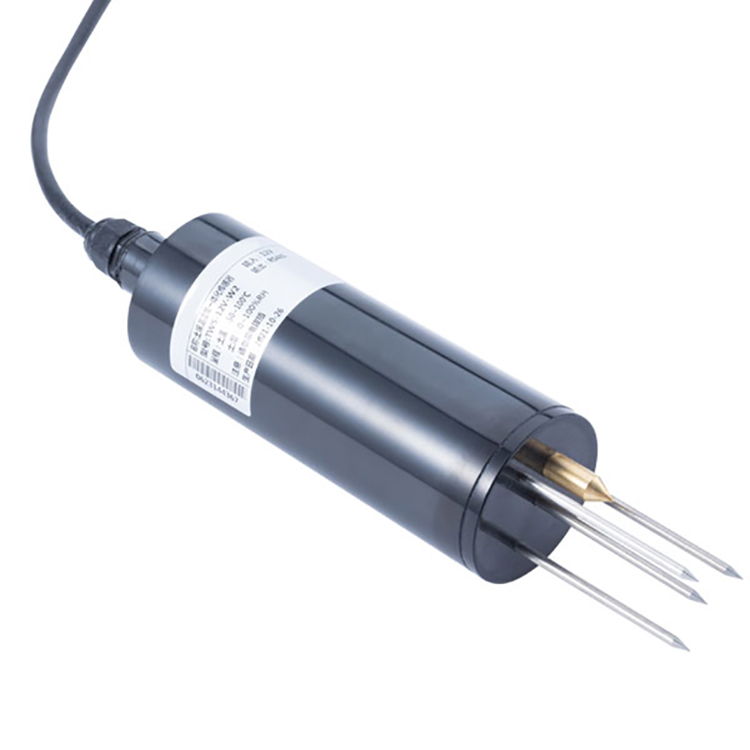 TDR Soil Moisture Sensor
TDR Soil Moisture Sensor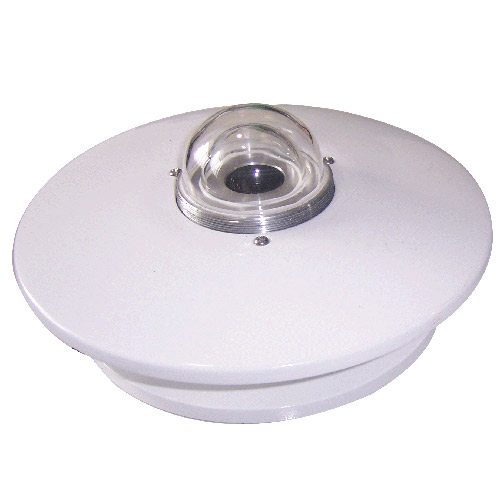 Pyranometer Solar Radiation Sensors
Pyranometer Solar Radiation Sensors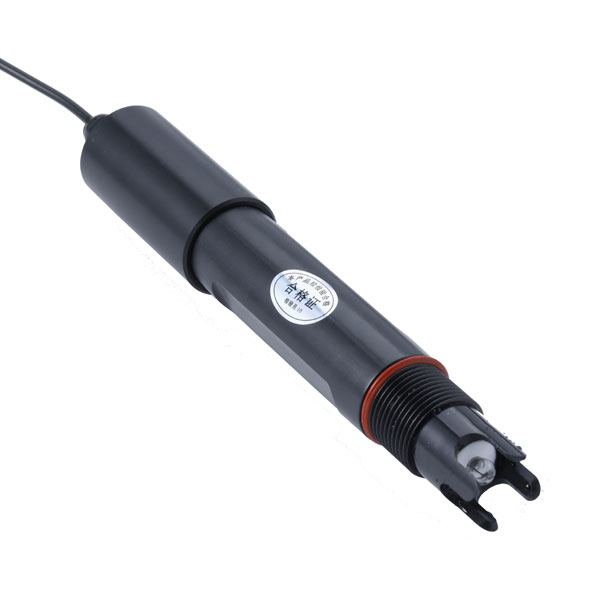 Soil ph sensor
Soil ph sensor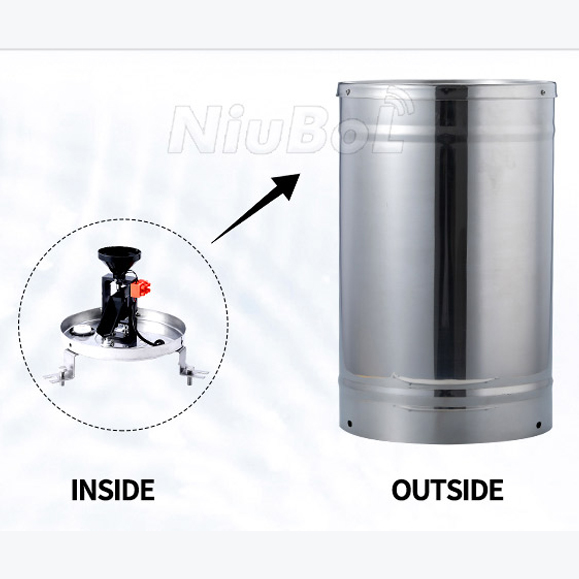 Tipping Bucket Rain Gauge
Tipping Bucket Rain Gauge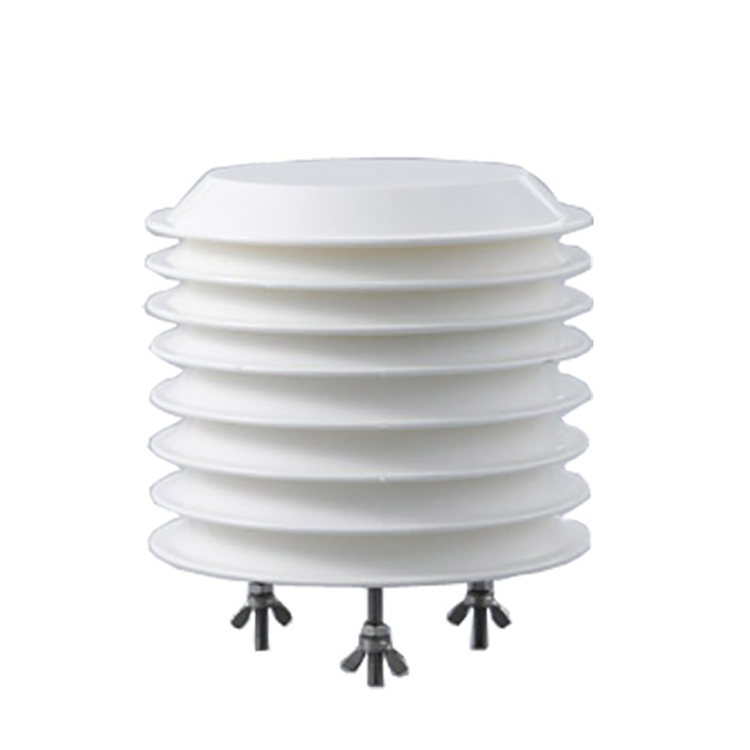 Air Temperature and Humidity Sensor
Air Temperature and Humidity Sensor
Screenshot, WhatsApp to identify the QR code
WhatsApp number:+8615367865107
(Click on WhatsApp to copy and add friends)
